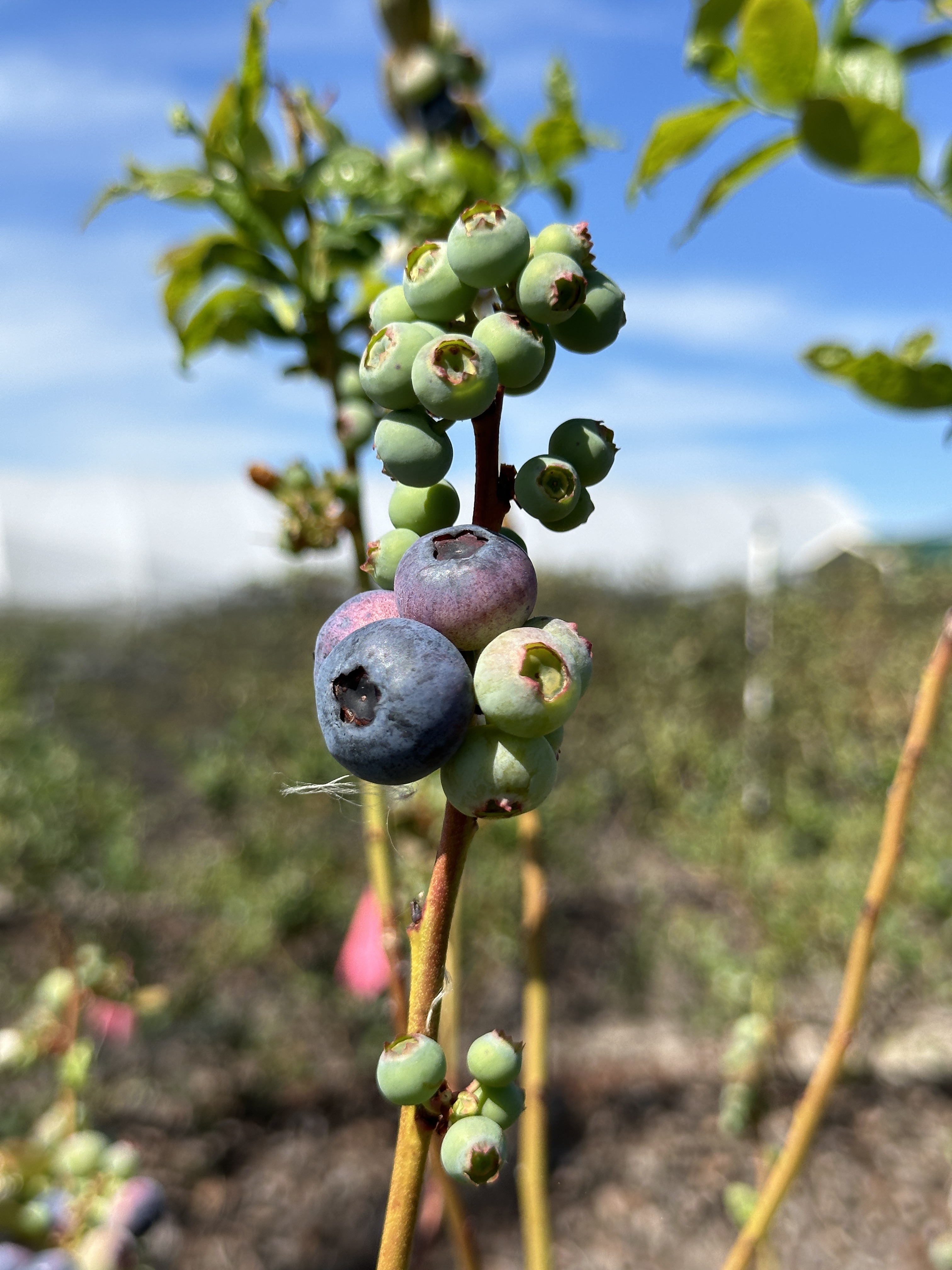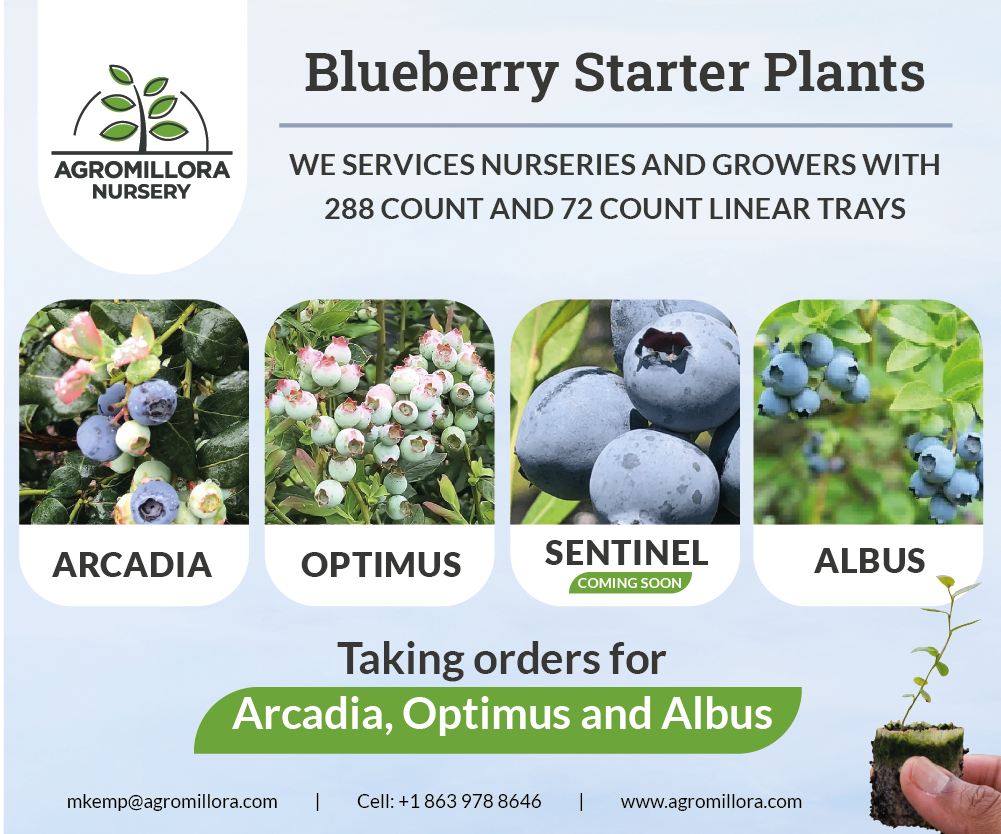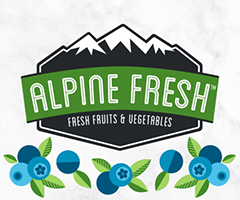Understanding Brix and Its Role in Blueberries
By the time you are reading this magazine, harvest is probably underway on your farm. And chances are, you have heard someone talk about fruit quality and brix. Brix is the unit we use to measure fruit sweetness. Strictly speaking, brix is a measurement of all the dissolved solids in a blueberry. If everything goes well, the most abundant solids in a blueberry are soluble sugars such as sucrose, glucose, and fructose. The consumer can taste them (higher is better). This is why we assess fruit sweetness using brix.
But how do sugars end up in a blueberry? Blueberries are photosynthetic organs when they are small and green. Thus, when the fruit is small it can produce its own sugars. However, as the fruit expands, its interior becomes increasingly opaque. Also, the development of fruit color leads to the breakdown of chlorophylls. Therefore, later in the fruit development period (during the transition and blue stages), sugars in the fruit originate in the leaves.
Sugars in the fruit are originally stored as starches. This is why young fruits are not sweet. Then, as ripening begins, starches are turned into sucrose, glucose, and fructose. This process takes time and generally follows the same pattern as fruit color development. This is why we harvest based on fruit color — blue fruits are sweeter than pink or green fruits.
Unfortunately, there is a process that consumes the soluble sugars in the fruit. The process is cellular respiration, which is necessary for cell survival. Cellular respiration breaks down sucrose, glucose, and fructose and turns them into organic acids. Citric acid is the most abundant organic acid inside a blueberry. Warm day and night temperatures increase cellular respiration rates in blueberry fruits. Therefore, fruits contain less sugars and more acids during the warmer parts of the season. Also, some varieties have fruits that respire more than others. That is why they produce sour fruit!
Growing Sweet Berries
The majority of the sugars in blueberry fruits come from the leaves. So, the key to growing sweet blueberries is in the foliage. Optimizing photosynthesis increases fruit quality. Therefore, light, irrigation, and fertility are important. Canopy management practices that increase light penetration, such as pruning, trellising, and bending, have been used to increase fruit sweetness in other crops. Although Florida growers do post-harvest pruning, at this time trellising and bending are not utilized in the Florida blueberry industry.
Irrigation is necessary to prevent water deficit (and stomatal closure) during the fruit development period. This is particularly important considering the recent warm spells we have experienced in Florida. (Temperatures in the 90s in early March are unusual!) Finally, fertilization during the fruit development period is also important. Low-to-moderate doses of calcium nitrate provide the plant with nitrogen for photosynthesis. The calcium in this molecule might also help promote fruit firmness.
Harvest is a stressful time on a blueberry farm. I hope the plants, people, and birds do what they are expected to do this spring. I also hope that the lines above help you get more context about the mighty brix.
CREDIT:
GERARDO H. NUNEZ, Assistant Professor UF/IFAS






